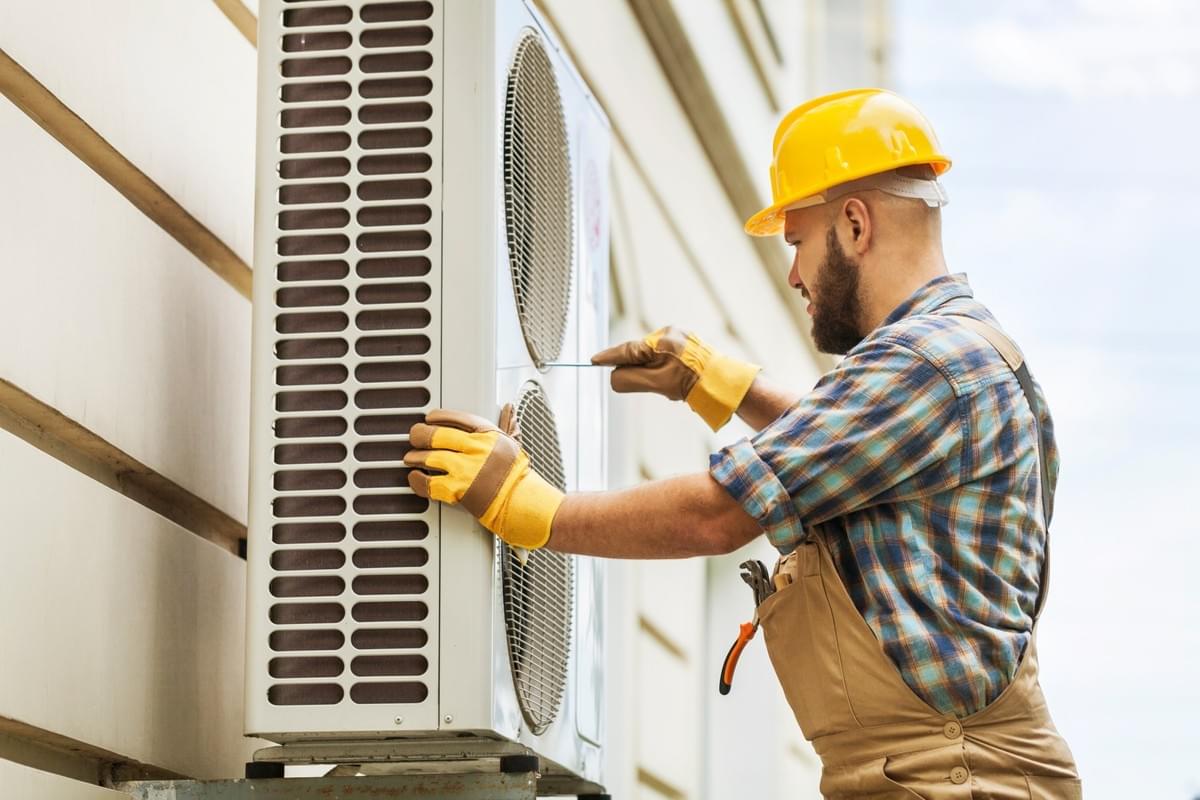
A hospital HVAC system can improve indoor air quality by keeping the atmosphere in the facility cool during warm months and warming during the winter months. The amount of heating and cooling provided to a facility is determined by the layout of the building as well as where the ventilation systems are located. Large buildings may require more than one type of ventilation system, such as the presence of an external evaporative cooler and a hot air furnace. Large buildings may also need two or more centralized temperature and humidity control systems. A hospital heating and cooling system is typically integrated with the existing air conditioning/heating system so that the two systems work together to provide improved indoor air quality.
There are many benefits of hospital hvac systems for improving indoor air quality. One benefit is to reduce the amount of outside pollution which can be very harmful to the health of staff and patients if the area is not properly ventilated. Another benefit of the vents is to provide better indoor air quality by eliminating unwanted smells and particulates from the air.
Hospital HVAC systems are designed to use one of two basic types of ventilation systems: positive pressure and negative pressure. Positive pressure ventilation (also called positive jet) utilizes high pressurized streams of air to drive heated air from one location to another. Positive pressure ventilation systems require constant stream flow of warmed air to push against outside air and to push back the heated air toward the indoor air supply. Negative pressure ventilation systems (also known as negative jet) utilize a lower pressure stream of air to drive heated air from one location to another without the use of a higher pressure stream.
Although most hospitals have an air conditioning system designed for their entire building, the hospital hvac system design must be specifically customized for each space or area in order to provide the best indoor air quality. This is usually achieved by using either a forced air system or an ac / dehumidifier to regulate indoor air quality. Forced air systems require continual running of the fan, which can easily break down the air conditioning unit, causing it to overheat. Conversely, an ac / dehumidifier uses a cooling fan and humidistat to draw moisture from the air and eliminate excess humidity, thereby ensuring that the system will not break down. Check out here the commercial hvac average cost.
Hospital HVAC systems are also designed to include humidity control electronics such as a humidity control humidistat, or some form of humidity control dehumidifier. These humidistats are used to set a specific humidity level desired within the structure or office space. An air conditioner is then used to distribute this controlled indoor humidity into the room, and a fan or ceiling fan is used to circulate this indoor moisture through the spaces in the building. Most often, the humidistats or dehumidifiers are incorporated into the air conditioning system itself, but depending on the situation they may also need to be separately purchased and installed.
In the past, hospital vfds had temperature control incorporated into their design. This is still the case, however; most HVAC contractors now design HVAC packages with temperature control incorporated into the design for optimal indoor air quality. This temperature control electronics is usually part of the central air-handling system, and is generally located at the furnace or boiler. It controls the temperature of the air that passes through the system. For more details about this topic, please follow this link: https://en.wikipedia.org/wiki/Heating,_ventilation,_and_air_conditioning.